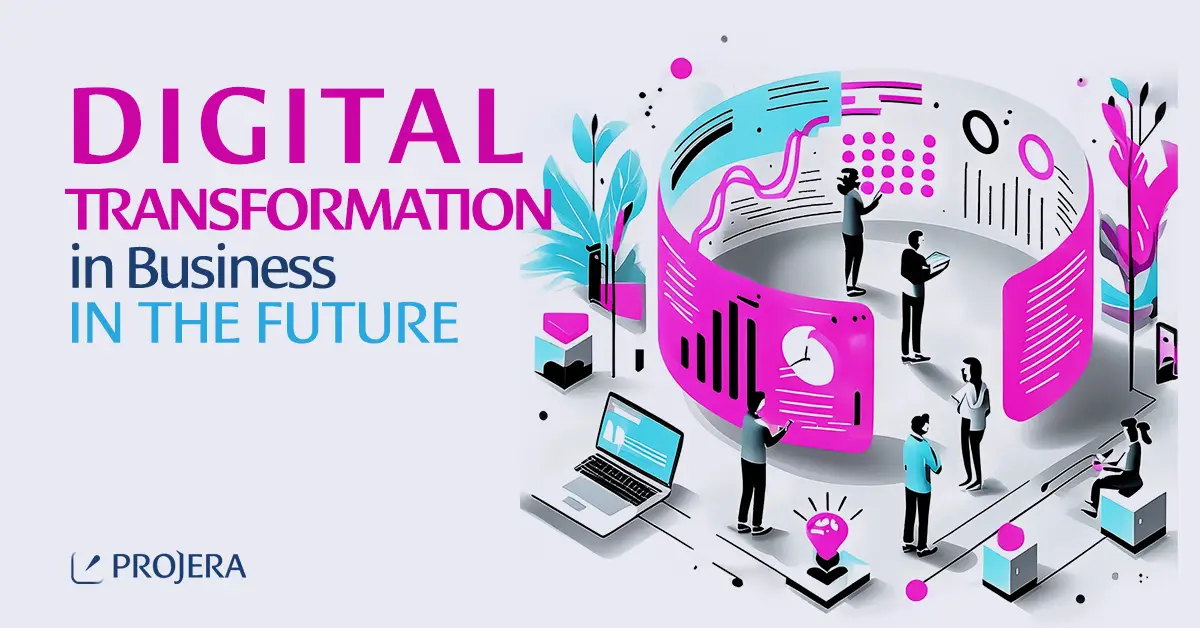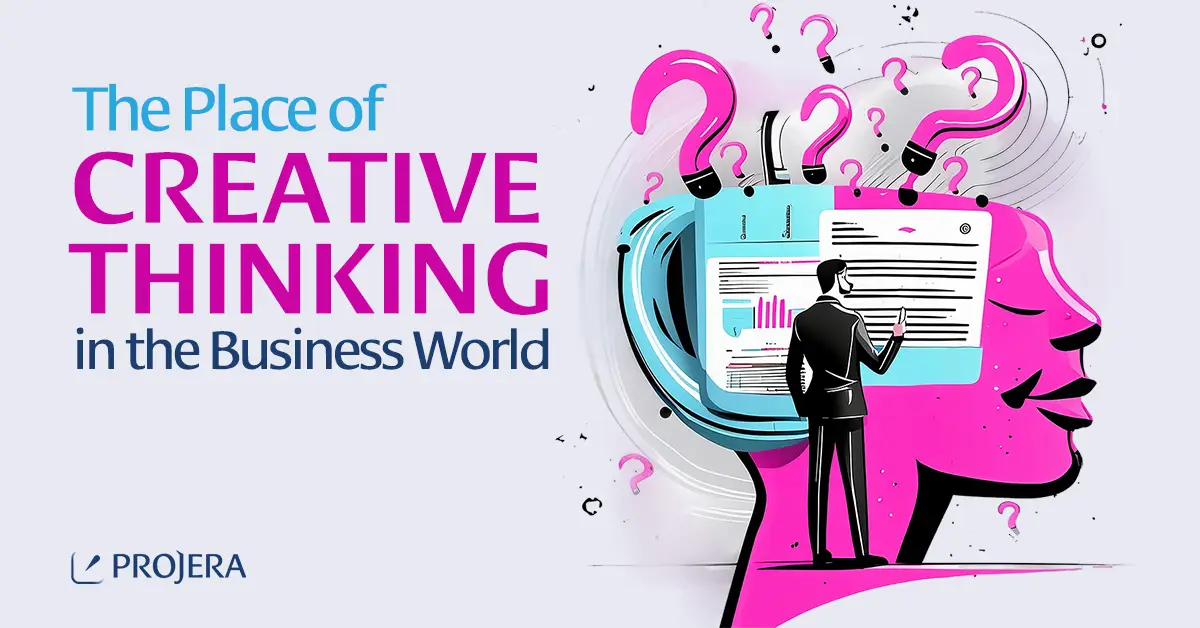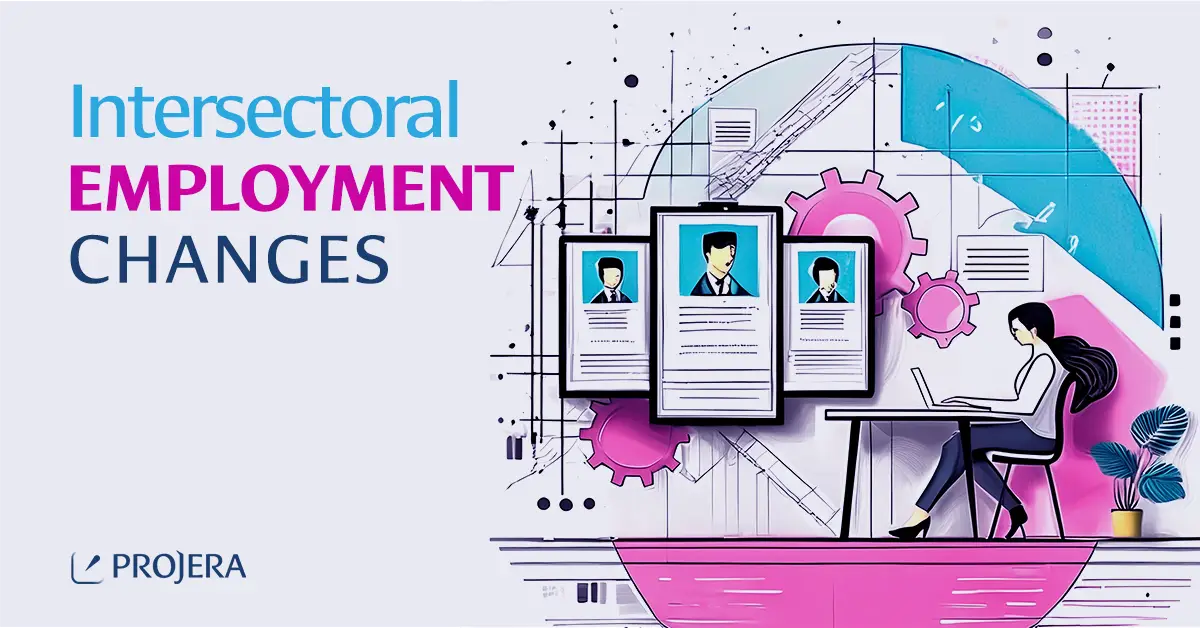
The Turning Point: Deciding When to Transform Your Company Culture
Strategic Misalignment and Cultural Realignment
Adapting to Market Shifts
Internal Challenges
Excellence, and Continuous Improvement
Additionally, performance shortfalls, despite having capable leadership and a sound strategy, may indicate a need for a cultural reassessment. In such cases, a culture that prioritizes accountability, excellence, and continuous improvement can help bridge the gap between potential and actual performance. This shift can lead to a more results-driven and efficient organizational ethos.
In the context of mergers and acquisitions, the harmonization of distinct corporate cultures is paramount. The success of the merged entity often hinges on creating a cohesive and unified culture. Without this integration, the organization might struggle with internal conflicts and misaligned values, impeding its overall performance.
Cultural Challenges in Global Expansion
Global expansion presents its own set of cultural challenges. As organizations venture into diverse international markets, they encounter varied business norms and work practices. To thrive in this global arena, cultivating an inclusive and globally sensitive culture is essential. Such a culture can foster better understanding and cooperation across different geographies, aiding in the seamless operation of the global business.
Moreover, in situations of ethical lapses or compliance violations, a cultural reset is imperative to restore integrity and trust. This involves fostering a culture that values transparency, ethics, and accountability, ensuring that the organization adheres to legal and moral standards.
Technological Innovation and Cultural Openness
Finally, the rapid adoption of new technologies in the business world calls for a culture that is open to technological innovation. Resistance to technological advancements can severely handicap an organization’s ability to stay competitive. Therefore, promoting a culture that embraces technological changes and encourages innovation is vital for future-proofing the organization.
In summary, the need for cultural change in an organization can stem from various factors, ranging from strategic misalignment and market dynamics to internal challenges and ethical considerations. Effectively navigating this change requires a deep understanding of the existing cultural landscape and a clear vision for the desired cultural state, ensuring that the organization’s culture evolves in alignment with its strategic objectives and market realities.



